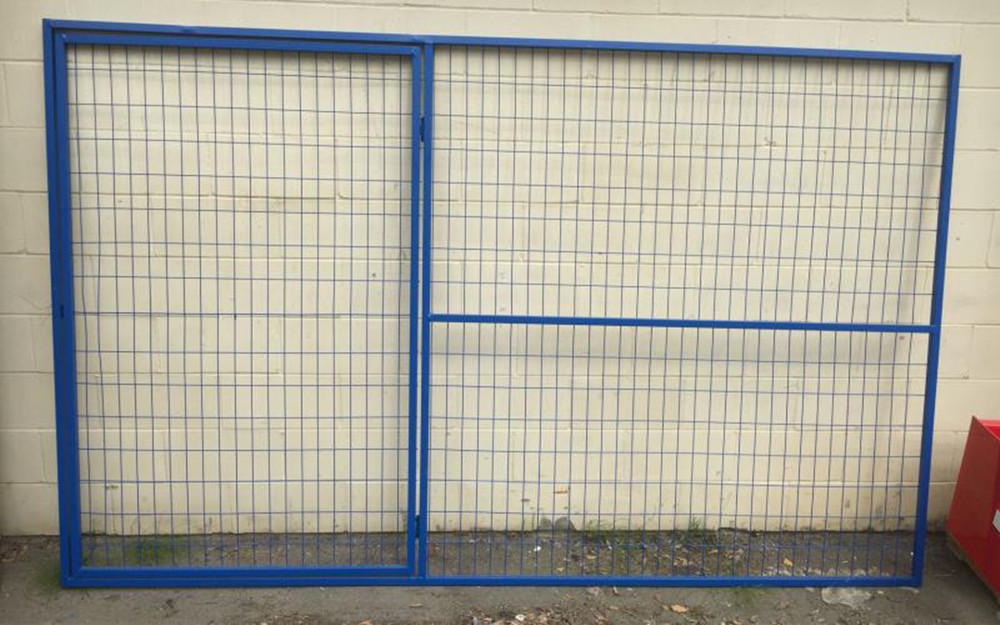Natural materials and materials can be divided into conductors, semiconductors, and insulators according to their conductivity. The conductivity of the semiconductor is between 10 and 10 ohms/cm. In general, the conductivity of a semiconductor increases with increasing temperature, which is exactly the opposite of a metal conductor.
Any material with the above two characteristics can be classified into the range of semiconductor materials. Reflecting the fundamental properties of semiconductors is the physical effects and phenomena caused by various external factors such as light, heat, magnetism, electricity, etc., which can be collectively referred to as the semiconductor properties of semiconductor materials. Most of the matrix materials constituting solid state electronic devices are semiconductors, and it is the various semiconductor properties of these semiconductor materials that impart different functions and characteristics to various types of semiconductor devices. The basic chemical characteristic of semiconductors is the presence of saturated covalent bonds between atoms. Typical as a covalent bond feature is a tetrahedral structure in the lattice structure, so a typical semiconductor material has a structure of diamond or sphalerite (ZnS).
Since most of the earth's mineral deposits are compounds, the first semiconductor materials to be utilized are compounds. For example, galena (PbS) has long been used for radio detection, and cuprous oxide (Cu2O) has been used as a solid rectifier, sphalerite (ZnS). It is a well-known solid luminescent material, and the rectification detection effect of silicon carbide (SiC) is also utilized earlier. Selenium (Se) is the first elemental semiconductor discovered and utilized, and was once an important material for solid-state rectifiers and photovoltaic cells. The discovery of elemental semiconductor germanium (Ge) amplification has opened up a new chapter in semiconductor history, from which electronic devices have begun to implement transistorization.
China's semiconductor research and production began with the preparation of high purity (99.999999% to 99.9999999%) bismuth for the first time in 1957. The use of elemental semiconductor silicon (Si) not only increases the type and variety of transistors, but also enhances the performance, and ushers in the era of large-scale and ultra-large-scale integrated circuits. The discovery of III-V compounds represented by gallium arsenide (GaAs) has promoted the rapid development of microwave devices and photovoltaic devices.

Concerned about surprises
Label: What is semiconductor material? How to define semiconductor materials
Previous: How to choose the direction of opening the door? Choose the direction of opening the door Next: How to maintain the tires from the self-driving tour?
The Canada Temporary Fence is also known as portable fence, security fence or construction fence.Canada type temporary fence has square pipe frames and PVC coating in various colors.Temporary fencing for Canada provides area protection and also has bright PVC coating for aesthetic design. It is removable with detachabkle feet and easy to erect and take down also with good appicability even through on rugged ground. The features are anti-rust and corrosion, durable and well structured.

Canada Temporary Fence
Canada Temporary Fence,Canada Pvc Temporary Fence,Canada Plastic Temporary Fence,Canada Galvanized Temporary Fence
Hebei Giant Metal Technology Co., Ltd. , https://www.wiremesh.pl